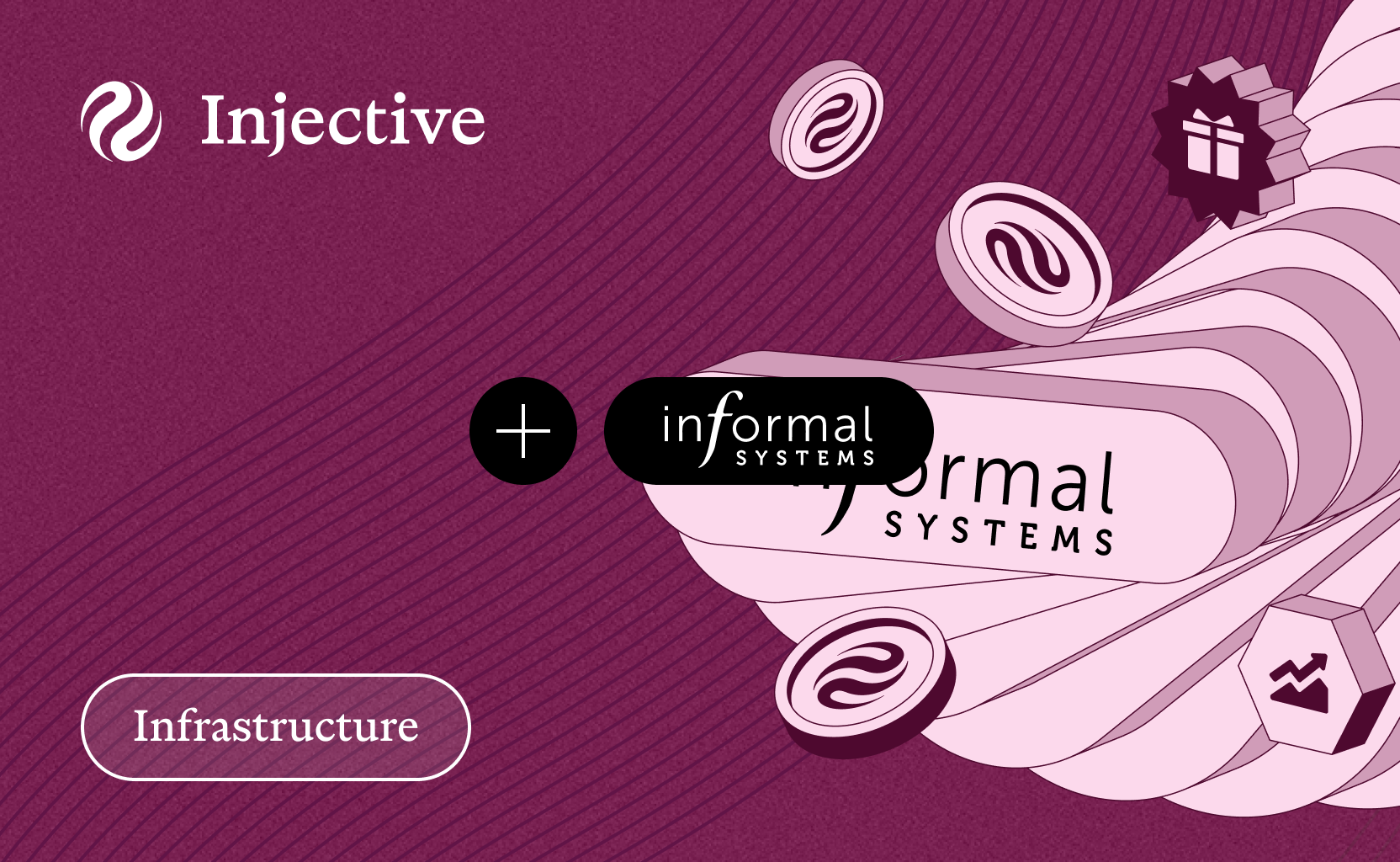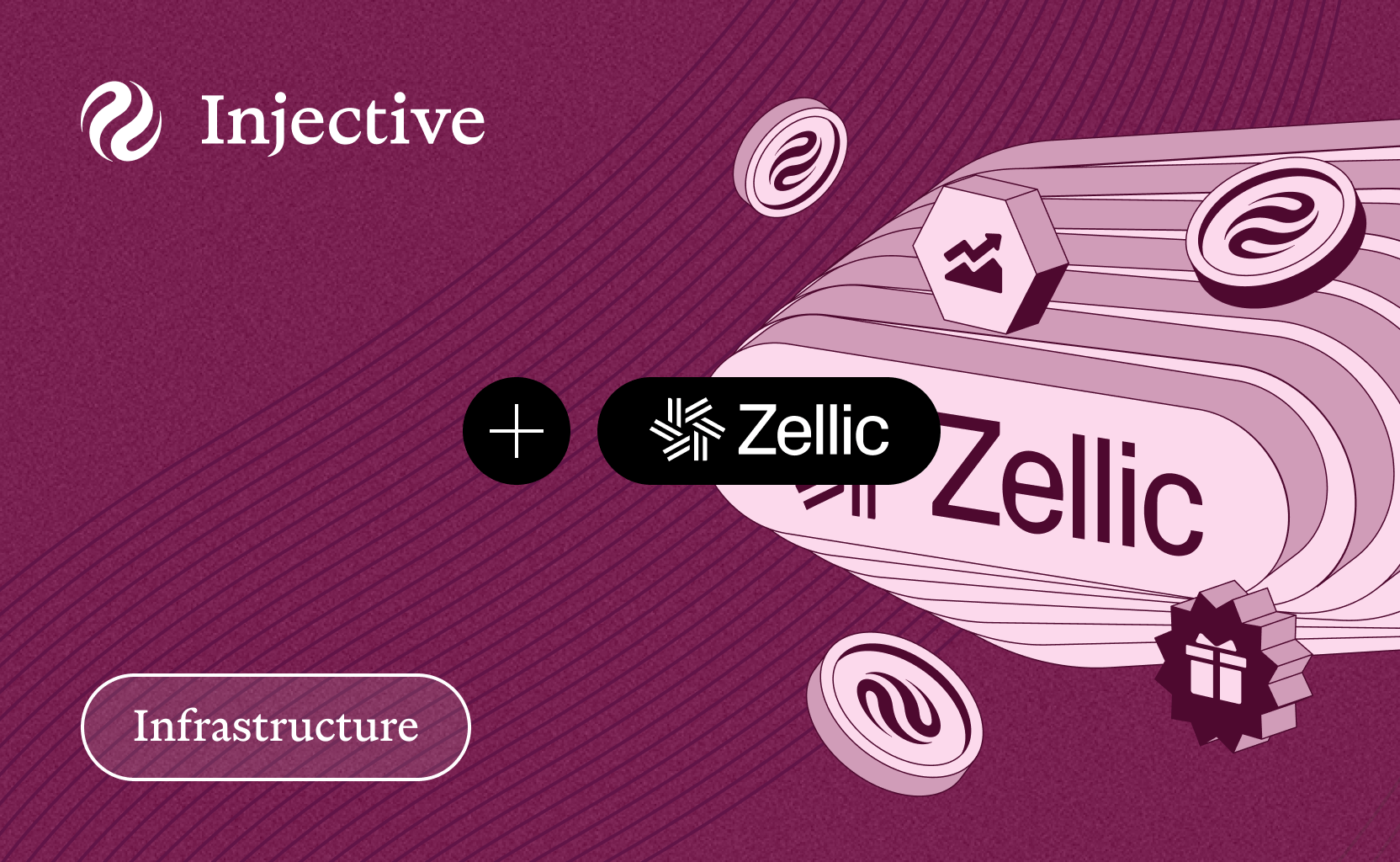Financial liquidity refers to the ease with which an asset can be converted into cash without impacting the market price. Assets such as stocks and cryptocurrencies are considered to be highly liquid, given that they can be converted into cash within a short period of time. Physical assets such as real estate, on the other hand, are considered to be relative illiquid since they cannot quickly be converted into cash.
If an exchange has a high trading volume, the price a buyer offers and the price a seller is willing to accept are typically similar. When the spread between the bid and ask prices widens, the market becomes more illiquid. For illiquid stocks or cryptocurrencies, the spread can be much wider, amounting to a few percentage points in price. The two main measures of liquidity include market liquidity and accounting liquidity, both of which are detailed below.
Market Liquidity
Market liquidity refers to the extent to which a market, such as the crypto market, allows assets to be bought and sold at stable prices. When the spread between the bid and ask prices grows, the market becomes more illiquid.
Markets for real estate are usually far less liquid than stock markets. The liquidity of markets for other assets, such as derivatives or commodities, often depends on their size and how many open exchanges support the trading of that particular asset.
Accounting liquidity
Accounting liquidity refers to how easily an individual or company can pay off short-term debts with their liquid assets. It is typically expressed as a ratio or percentage of current liabilities. However, since definitions of "liquid assets" can vary, several ratios can be used for accounting liquidity, such as a current ratio, quick ratio, or cash ratio. These will be explained below.
Current Ratio
The current ratio is straightforward. It measures current assets (those that can reasonably be converted to cash in one year) against current liabilities (debts or obligations owed).
The formula for calculating the current ratio is as follows:
Current Ratio = Current Assets / Current Liabilities
Quick Ratio
The quick ratio is slightly more strict in definition. It excludes inventories and other current assets, which are not as liquid as cash and cash equivalents, accounts receivable, and short-term investments.
The formula for calculating the quick ratio is as follows:
Quick Ratio = (Cash and Cash Equivalents + Short-Term Investments + Accounts Receivable) / Current Liabilities
Cash Ratio
The cash ratio is the most exacting of the liquidity ratios. It excludes accounts receivable as well as inventories and other current assets. It defines liquid assets strictly as cash or cash equivalents.
What is Liquidity Mining?
In the crypto space, liquidity mining has become a popular investment strategy. Through liquidity mining investors provide liquidity by investing tokens into a funding pool where other individual investors have "staked" their tokens for the purposes of getting rewarded tokens.
In the crypto space, liquidity mining is a popular investment strategy through which liquidity providers (LP) provide liquidity by staking tokens in a funding pool to receive token rewards.
There are two types of decentralized exchanges (DEX) - the automated market maker (AMM) model and the orderbook model. The current DEX ecosystem is mainly under one AMM family called constant function market makers (CFMM). Liquidity mining differs across the automated market maker and the orderbook model DEXs.
Below is a brief explanation of AMMs versus orderbook model DEXs as it pertains to liquidity mining.
Automated Market Maker DEX
An example of an AMM DEX is Uniswap.
Uniswap uses a trading funding pool to match bid and ask prices. It then determines the asset price via the CFMM. Liquidity here refers to how much money is staked in the funding pool. Investors can earn liquidity mining rewards by supplying tokens or "staking" their tokens into liquidity pools.
Orderbook Model DEX
Injective is an orderbook DEX, meaning that the platform automatically matches bid and ask prices.
This model is widely used by both retail and institutional traders within the centralized exchange (CEX) model. For instance, Binance and basically all centralized exchanges (CEX) utilize the orderbook model. In this context, liquidity refers to the trading volume and the depth of an order book. Therefore, liquidity mining means you have to provide limit orders either for bid or ask to provide market liquidity.
Conclusion
Liquidity of a particular investment is important as it indicates the level of supply and demand for that asset — and how quickly it can be sold for cash when needed.
The recent advancements in the crypto space have enabled investors to take part in liquidity mining. This allows investors to earn token rewards passively for providing liquidity to different asset pools. However, this method has its own risks, which are not found in other types of mining so proper risk management is crucial.
Injective is unique in that investors are able to access cross-chain trading and yield generation opportunities that are normally not available on other exchanges. In addition, many of Injective's investors and collaborators are leading market makers in the crypto space who will help to bootstrap the liquidity on Injective. Be sure to follow Injective Learn to take full advantage of these upcoming releases.

About Injective
Injective is a lightning fast interoperable layer one blockchain optimized for building the premier Web3 finance applications. Injective provides developers with powerful plug-and-play modules for creating unmatched dApps. INJ is the native asset that powers Injective and its rapidly growing ecosystem. Injective is incubated by Binance and is backed by prominent investors such as Jump Crypto, Pantera and Mark Cuban.
Website | Telegram | Discord | Blog | Twitter | Youtube | Facebook | LinkedIn | Reddit | Instagram | Orbit Newsletter



